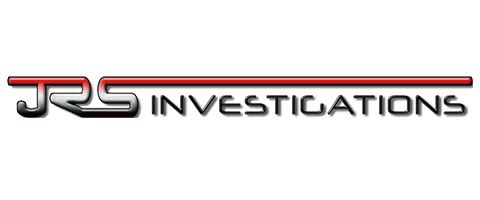(888) 737-7690
TSCM Bug Detection Sweeps Caribbean Islands
Caribbean Islands TSCM DeBugging Bug Detection Sweeps
Surveillance Detection Caribbean Islands
Knowledge Is Power Call Now (888) 737-7690

Free Consultations
Caribbean Islands Residential / Commercial TSCM Bug Sweep Services :
JRS Investigations is proud to offer debugging and technical surveillance countermeasure services (TSCM) to protect families who are concerned that their privacy has been compromised. If you believe you are a victim of bugging, ask yourself these questions: Do you ever get a sense that someone is watching you or listening to your conversations? Is private information or personal conversations somehow getting spread around? Do you work from home and feel like your computer or home office is being spied on? If you said yes to any of these questions, or you just get a weird feeling when you are at home, you could be being spied on by someone. People can be spied on in many different ways, including tiny cameras, electronic tampering of phones and computers, hacked webcams, listening devices, tracking devices, and other bugs.
Laptops, phones, desks, cars, apartments, and offices can be hacked or set-up with cameras or audio bugs. Debugging is a service that detects and identifies illegal audio or visual bugs that may have been strategically placed by others. Unfortunately, illegal bugging has somewhat exploded over the decades as technology has vastly improved. Today, anyone can buy thousands of different bugs and illegal technology with the intention of using it to spy on others. With the expansion of technology, bugs have improved as they are now made smaller and more advanced, which makes them even more difficult to be detected. Technology has also allowed bugs to be easily purchased online, on the dark web, and in stores.
Spy devices, hacking devices, and other bugs can be nearly impossible to detect if one is not searching for it, and even then, they can be hidden in very strategic places. Bugs can be tiny spots, hidden in walls and ceilings, or placed inside electronic devices or other objects. Bugs can even be placed on the outside of a person’s car or on the other side of a wall and still be able to give a person access to audio and visual information.
Spy software has become increasingly popular and easy to use. Today, even the most secure devices like iPhones can be bugged through downloaded applications. Other devices such as alarm clocks and even GPS systems can be electronically bugged, causing a breach of your security anywhere you go. A common type of electronic bugging is done through the webcam of laptops and desktops. To temporarily solve the problem, a cover should be placed over the webcam, and then a professional debugging provider should be contacte Signs of Being Watched:
Why TSCM Bug Sweeps are Necessary:
- Protecting Privacy: Ensuring that private conversations and activities are not being monitored.
- Safeguarding Confidential Information: Preventing the theft or unauthorized access of sensitive business or personal data.
- Maintaining National Security: Protecting government and military communications and classified information from espionage.
- Ensuring Legal and Regulatory Compliance: Helping organizations comply with data privacy laws and regulations.
- Deterring Potential Threats: Making environments a less attractive target for surveillance by implementing proactive measures.

Here are some warning signs that you may have been bugged:
- You hear strange noises coming from your electronic devices;
- You notice static or other noises on your phone lines;
- You notice unfamiliar spots, holes, or cuts on the walls or ceilings;
- Ceiling fans, alarm systems, smoke detectors, or other wall attachments appear to have been messed with or are crooked;
- The same, unfamiliar car or person frequently goes by your house and maybe stops or slows down;
- You notice that your door or the locks on it are “sticky” or have trouble shutting them;
- Furniture appears to be out of place.
Technical Surveillance Countermeasures (TSCM)
- Visual Examination: A detailed physical inspection of the area to locate hidden devices, wiring, or other evidence of tampering.
- Technical Examination:
- Radio Frequency (RF) Spectrum Analysis: Detecting and analyzing RF signals emitted by wireless surveillance devices like microphones, cameras, and GPS trackers.
- Non-Linear Junction Detection (NLJD): Identifying electronic components even when devices are off or dormant.
- Thermal Imaging: Detecting heat signatures generated by active electronic devices, even if hidden.
- Network and Wi-Fi Analysis: Identifying rogue networks, unauthorized access points, and devices transmitting data wirelessly.
- Information Security Survey: Evaluating existing security protocols and identifying potential vulnerabilities.
- Post-Inspection Debriefing: Discussing findings, answering questions, and recommending future protection strategies.
- Final Report: A detailed document outlining the sweep's findings, actions taken, and recommendations.
Why TSCM Bug Sweeps are Necessary:
- Protecting Privacy: Ensuring that private conversations and activities are not being monitored.
- Safeguarding Confidential Information: Preventing the theft or unauthorized access of sensitive business or personal data.
- Maintaining National Security: Protecting government and military communications and classified information from espionage.
- Ensuring Legal and Regulatory Compliance: Helping organizations comply with data privacy laws and regulations.
- Deterring Potential Threats: Making environments a less attractive target for surveillance by implementing proactive measures.
